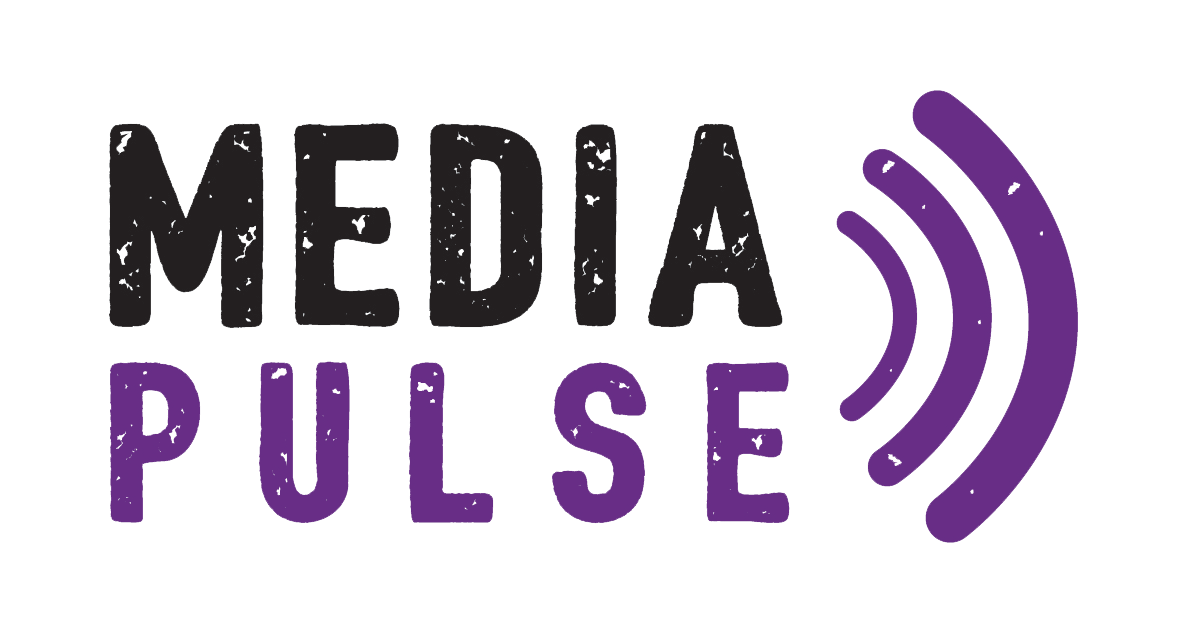How to Create a Facebook Business Manager Account: A Step-by-Step Guide
If you’re looking to elevate your Facebook marketing game, setting up a Facebook Business Manager account is one of the first steps you need to take. Whether you're managing ads, pages, or your clients' accounts, this tool is essential for keeping everything organized and secure.
Why You Need a Facebook Business Manager Account
First, let's discuss why setting up a Facebook Business Manager account is extremely important for your business. Not only does it allow you to manage multiple pages, ad accounts, and assets in one centralized location, but it also plays a critical role in protecting your business from hackers and other potential security threats. By providing robust access controls and permission settings, the Business Manager ensures that only authorized individuals can manage your business assets, significantly reducing the risk of unauthorized access and misuse. Additionally, having a properly set up Business Manager account safeguards your ability to advertise effectively across Meta's platforms like Facebook and Instagram, preventing disruptions that could arise from security breaches or mismanagement. Plus, it keeps your personal Facebook account separate from your business activities, maintaining your privacy and professionalism at all times.
Step 1: Sign Up for Facebook Business Manager
New to Business Manager? Go to business.facebook.com/overview
Have a Business Manager? Go to business.facebook.com
Go to the Facebook Business Manager Website
Head over to business.facebook.com/overview. Click on “Create an Account” to get started.Already Have Another Business Manager?
If you already have a Business Manager account and need to create another one, go to business.facebook.com, click on the drop-down arrow at the top left corner, and select “Create a Business Portfolio.”
Log In or Sign Up
You’ll need to log in to your personal Facebook account. If you don’t have one, you’ll need to create one—don’t worry; this doesn’t mean your personal information will be linked to your business activities. You must use your real identity; DO NOT create a fake account.Enter Your Business Details
You’ll be asked to provide your business name and email address. Ensure this is the email you check regularly, as Facebook will send you important updates here.Verify Your Email
After you’ve filled out your details, Facebook will send a verification email to your provided address. Just click the link in that email to confirm, and you’re in!
Step 2: Add Your Facebook Page(s)
Access Business Settings
Once you’re in, navigate to the “Business Settings” by clicking on the three horizontal lines in the top-left corner (sometimes called the hamburger menu).Add Your Page
Under “Accounts,” click “Pages,” then “Add.” You have three options:Add a Page: This is for pages you own.
Request Access to a Page: If you’re managing a page for a client, choose this option.
Create a New Page: If you’re starting from scratch, this is the way to go.
Confirm Your Ownership or Access
Depending on your choice, you may need to verify your ownership or request access from the page owner. This process usually involves a quick confirmation.
Step 3: Set Up Your Ad Account(s)
Go to Ad Accounts
Still in “Business Settings,” navigate to “Ad Accounts” under the “Accounts” section.Add an Ad Account
Click “Add,” then select one of the following:Add an Ad Account: If you already have an ad account.
Request Access to an Ad Account: This is for managing clients’ ad accounts.
Create a New Ad Account: Start fresh when setting up a new business or project.
Assign Roles
It’s a good idea to assign roles to different team members now. Facebook Business Manager lets you control who has access to what, so you can keep things secure and streamlined.
Step 4: Add People and Set Permissions
Invite Your Team
Back in “Business Settings,” under “Users,” click “People,” then “Add.” You can invite team members by entering their email addresses.Assign Roles
You can assign specific roles to each team member, such as Admin, Editor, or Analyst. Based on their responsibilities, choose the right level of access.Set Up Two-Factor Authentication
To keep everything secure, it’s highly recommended that you enable two-factor authentication for your Business Manager account. This is located under the Business info tab on the left side.
Step 5: Business Info and Verification
Fill Out Your Business Information
After setting up your pages, ad accounts, and users, head to the Business Info section in your Business Manager settings. It’s crucial to complete all the details here, including your legal business name, address, phone number, and website. This information is not just for record-keeping—it also plays a key role in gaining Meta's trust and avoiding potential issues.
Verify Your Business
Once you've filled out all the necessary information, you'll want to verify your business as soon as the option becomes available. This step might not be immediately accessible—it can take a few days to several weeks before Facebook allows you to verify your business. When the option does appear, make sure to complete the verification process promptly. Verification enhances your business’s credibility and is often required for certain advanced features and higher-level access within the Business Manager.Enable Two-Factor Authentication
While you’re in the Business Info section, you should also enable two-factor authentication (2FA) for your Business Manager account. Enabling 2FA adds an extra layer of security, requiring a second form of identification (like a code sent to your phone or an authentication app like Duo) when logging in. This is one of the most effective ways to protect your account from unauthorized access and ensure the security of your business assets.Link Primary Page
Be sure to also link your primary page to your Business Manager account on this page.
Step 6: Claim your Domains
Access Brand Safety and Suitability
To claim your domain, navigate to the Brand Safety and Suitability section within Business Settings. Under this section, click on Domains to add a new domain.
Add a New Domain
Click on “Add” and enter your domain name. Facebook provides several verification methods. It’s important to follow the instructions carefully based on the method you select:Meta-tag Method: Add a specific meta-tag to the HTML source code of your website's homepage.
HTML File Upload: Upload an HTML file provided by Facebook to the root directory of your website.
DNS TXT Record: Add a DNS TXT record to your domain’s DNS settings via your domain registrar.
Complete Domain Verification
After implementing the chosen verification method, return to the Domains section in Business Manager and click on Verify. Facebook will check for the verification method you implemented, and once verified, your domain will be successfully claimed.
Claiming your domain is essential for securing your brand’s online presence and ensuring your assets are protected and properly linked to your Business Manager account.
Step 7: Link Instagram and Other Assets
Add Instagram Account
If you’re managing Instagram accounts, go to “Accounts,” then “Instagram Accounts.” Click “Add” and follow the prompts to link your Instagram.Set Up Pixels and Other Assets
Under “Data Sources,” you can set up Facebook Pixels, product catalogs, and more. This step is crucial for tracking and optimizing your ad performance.
Final Thoughts
Setting up a Facebook Business Manager account might seem like a bit of a chore, but it’s one of those things that pays off big time in the long run. It keeps your business assets secure, organized, and ready to scale as your business grows. Plus, it gives you that all-important layer of separation between your personal and professional life.
If you’re feeling a bit overwhelmed or want to make sure you’re doing it right, don’t hesitate to reach out. Here at Media Pulse, we specialize in helping businesses get set up and succeed on Facebook and beyond.
Schedule a free consultation, and we will help you get set up for free in our 15 minute free meeting!







